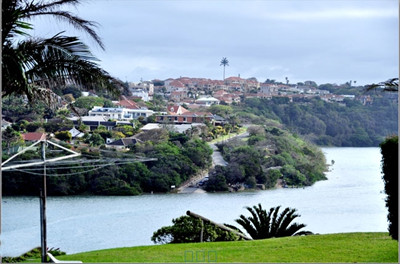Londoners love their fish.
伦敦人喜爱鱼。
And according to a new study, in the early 13th Century they suddenly started importing it from as far away as the Arctic near Norway.
一项最新研究表明,早在13世纪,他们就突然开始从远在挪威附近北极圈一带的地区进口鱼类。
The research is in the journal Antiquity.
这一研究已在《古时代》杂志上发表。
About the year 1000, sea fishing increased significantly in northern Europe.
大概是在1000年时,海洋捕鱼活动在北欧显著增加。
To see how that increase influenced urban growth, researchers looked at 95 excavation sites in London.
为了研究海洋捕鱼队城市发展的促进意义,研究人员们调查了伦敦区内95个考古发掘站点。
Which included about 3000 bones from cod fish.
他们发现了大概3000块的鳕鱼骨头。

Cod are decapitated before being dried for transport.
鳕鱼是被斩头经过干燥处理才进行运输。
So finding heads meant the fish were local.
所以找到鱼头意味着鱼是来自本地。
And the researchers found that as fish heads appear to decrease in the early 1200s, fish tails dramatically increased—a sign of importation.
研究人员们还发现随着1200年代出土数量鱼头的减少,而鱼尾却显著增加—这是一个鱼类进口贸易的标志。
Examination of the chemical isotopes in the tails matched those for fish in waters far to the north, probably off Norway close to the Arctic, more evidence of import.
对鱼尾所含化学同位素标记测试发现这些鱼和远在北部大概挪威外围靠近北极圈海域的鱼十分同源,这就更印证了进口的推测。
The scientists do not know if the rapid switch from local to imported cod happened because local fish weren't as plentiful as the population increased, or if the market became flooded with dried imports from the north.
科学家们不知道是否是因为本地人口数量增加导致了本地鱼类供应不足从而引发商业贸易快速从本地产鳕鱼转变为依靠更多的进口鳕鱼活动,或者是否是因为市场快速充斥着从北部进口的干燥产品导致了本地鳕鱼没有竞争过进口鳕鱼。
But these fish tails tell a story of London becoming a growing economic center, and part of a globalizing fish trade.
但这些鱼尾骨讲述了一段伦敦发展为经济中心并占领部分全球渔业贸易的故事。












